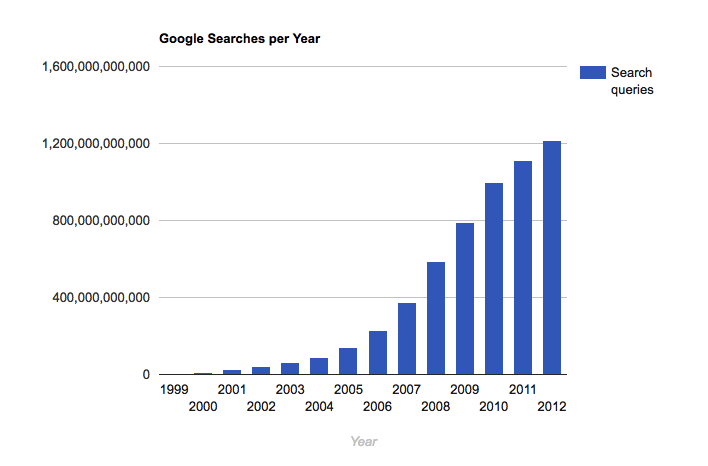Another thing I love about the search engine is the arsenal of free tools it offers for gaining insights. There’s the Google Search Console, Google Analytics, the Google Keyword Planner and Google Alerts, just to name a few. Autocomplete Let’s start with an incredibly simple yet effective feature: autocomplete. Remember, if it pops up on Google autocomplete, you know a large number of people have entered that search phrase. Type in your broad keyword in the search box: The main thing you’ll want to take into consideration is the number of average monthly searches. Here are some highly searched keywords that let me know what types of questions and frustrations customers have: Using Google Trends I absolutely love Google Trends. This should fill in the gaps in terms of discovering the average customer’s frustrations and can give me even more ideas for content. Solving those frustrations Okay, so I’ve discussed several different ways to gain an understanding of what’s irking your customers. Now I can start creating content that covers those topics. Do you have any other suggestions for using Google to discover customer frustrations?
Google is a treasure trove for marketers.
Currently (2017), it “processes over 40,000 search queries every second!”
This “translates to over 3.5 billion searches per day and 1.2 trillion searches per year worldwide.”
And just look at how much Google use grew between 2000 and 2012:

It’s ridiculous!
And this all means one thing.
Google can generate valuable data like it’s nobody’s business.
There’s arguably no other resource in history that compares to it.
Another thing I love about the search engine is the arsenal of free tools it offers for gaining insights.
There’s the Google Search Console, Google Analytics, the Google Keyword Planner and Google Alerts, just to name a few.
These are all ideal for providing you with the data you need to better understand the behavior of your audience and improve your marketing.
And as we all know, data is a marketer’s best friend.
Without data, I wouldn’t know what direction to take, making it much more difficult for me to reach my demographic.
In this post, I’m going to cover an extremely important aspect of marketing.
It’s this: how to discover your customers’ biggest frustrations and how to solve them.
I’ve found that Google is perfect for finding out what irks my audience, and you can implement the same methods too.
Here are several techniques you can utilize.
Autocomplete
Let’s start with an incredibly simple yet effective feature: autocomplete.
I’m sure you’re familiar with it.
With the insane amount of data Google has accumulated and continues to accumulate, it offers autocomplete to streamline user searches and help people find the information they’re looking for quicker.
Here’s a screenshot that summarizes how this feature works:

Autocomplete predictions factor in the popularity/freshness of search terms and terms other people are searching for.
Using autocomplete can provide you with valuable intel on what your customers are searching for and, more importantly, what their collective frustrations are.
Let me give you an example of how you can use it.
Type in a broad keyword phrase that relates to your industry, niche or product you’re selling.
I’ll use “organic soap” as an example.
Here’s what pops up:

It’s obvious people are interested in organic soap bases, recipes and organic soap-making supplies.
Therefore, this user base has questions and concerns about these topics.
So this is a good starting point.
I recommend recording these popular searches for future reference because you’ll want to create content around those topics.
Performing a question-based search
Another easy way to understand your average customer’s frustrations is to figure out what types of questions they’re asking regarding your niche/product.
You can do this by typing in search phrases such as “what is,” “why is,” “how to,” etc., followed by a broad keyword.
Here’s an example:


Within seconds, I can get a pretty good idea of which aspects of the organic soap topic people are curious about.
Remember, if it pops up on Google autocomplete, you know a large number of people have entered that search phrase.
So, you’re dealing with a high volume of searches.
Again, you’ll want to record those search phrases because you can target them later on.
Performing a problems search
Let’s take it one step further.
Type in your broad keyword followed by the word problems:

Here are some of the results I got:


Considering the fact these are all on page one of this Google search,…

COMMENTS